
Earthquake-Proof Structures SF: Building Resilience and Safety
Keyword: Earthquake-Proof Structures SF
San Francisco, known for its seismic risk due to its proximity to the San Andreas Fault, faces a critical need for earthquake-proof structures to ensure public safety and minimize potential damage. This article delves into the importance of earthquake-proof structures in San Francisco, exploring design principles, materials, innovations, case studies, regulations, and the future of earthquake-proof structural engineering in the city.
What You’ll Learn About Earthquake-Proof Structures in San Francisco
By reading this article, you will learn:
– The historical earthquake activity in San Francisco and the potential impact of future earthquakes.
– The design principles, materials used, and innovations in earthquake-proof structures in San Francisco.
– The regulations, standards, and the future of earthquake-proof structural engineering in San Francisco.
Understanding Earthquake Risk in San Francisco
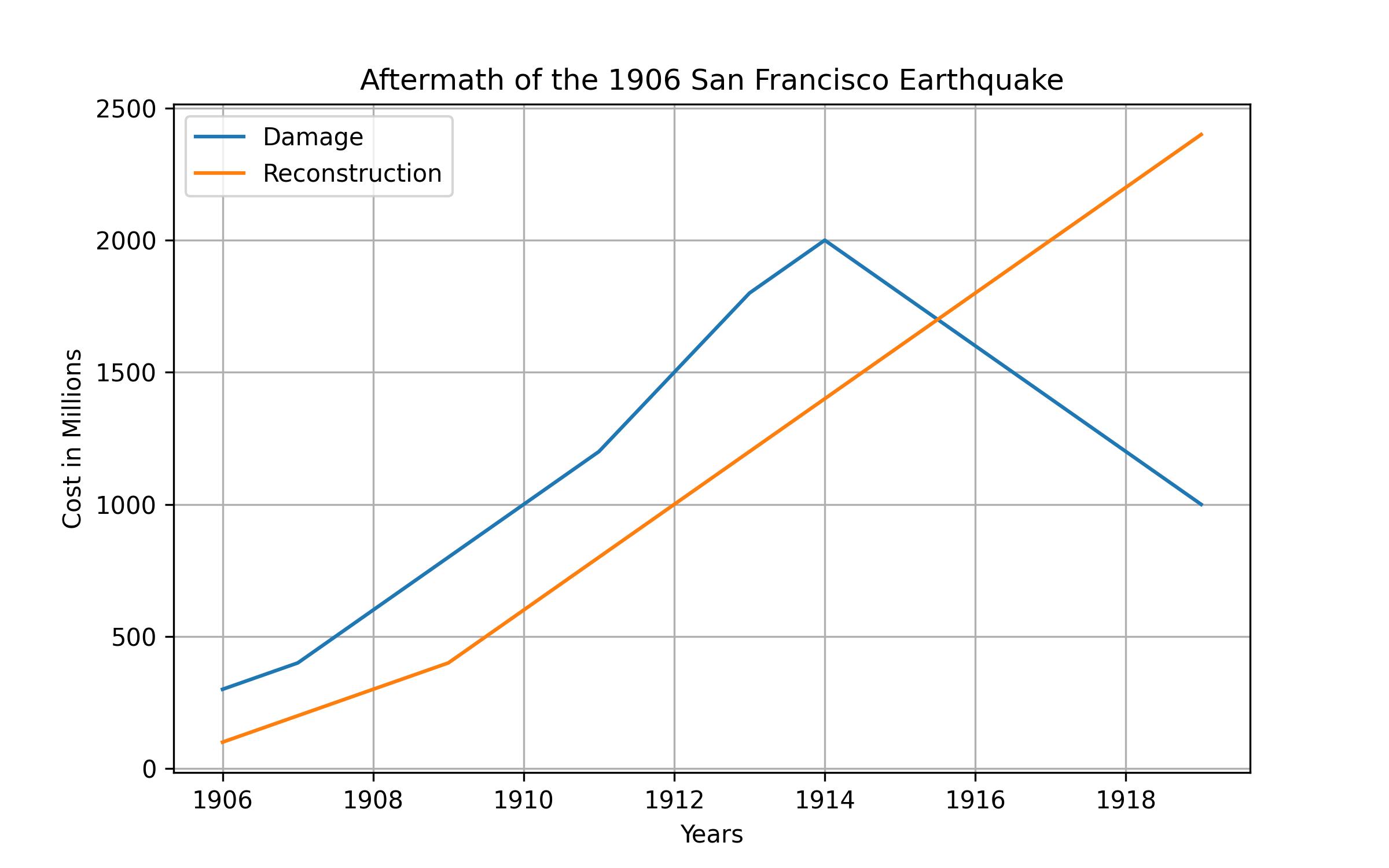
Historical Earthquake Activity in San Francisco
San Francisco has a long history of seismic activity, with the most infamous earthquake being the 1906 San Francisco earthquake, which caused widespread devastation. The city’s seismic vulnerability is further underscored by subsequent earthquakes, including the 1989 Loma Prieta earthquake. These historical events serve as potent reminders of the urgent need for earthquake-resistant buildings in the region.
Seismic Hazard Assessment and Risk Analysis
Seismic hazard assessment and risk analysis play a pivotal role in understanding the potential impact of earthquakes on structures in San Francisco. Engineers and seismologists use sophisticated methodologies to evaluate the seismic hazards, enabling them to design structures that can withstand potential ground motions and seismic forces.
Vulnerable Areas and Potential Impact of Future Earthquakes
Certain areas of San Francisco are more vulnerable to seismic activity due to factors such as soil composition and proximity to fault lines. Understanding these vulnerable zones is crucial for urban planning and the implementation of robust structural designs to mitigate the impact of future earthquakes.
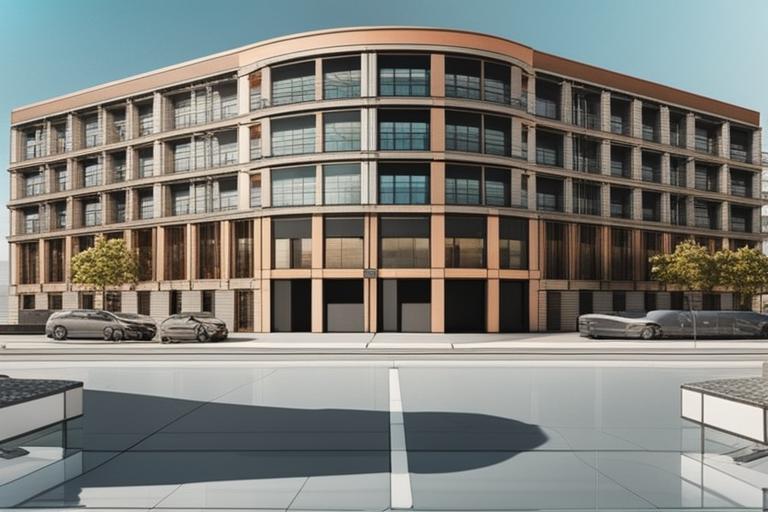
Importance of Earthquake-Proof Structures
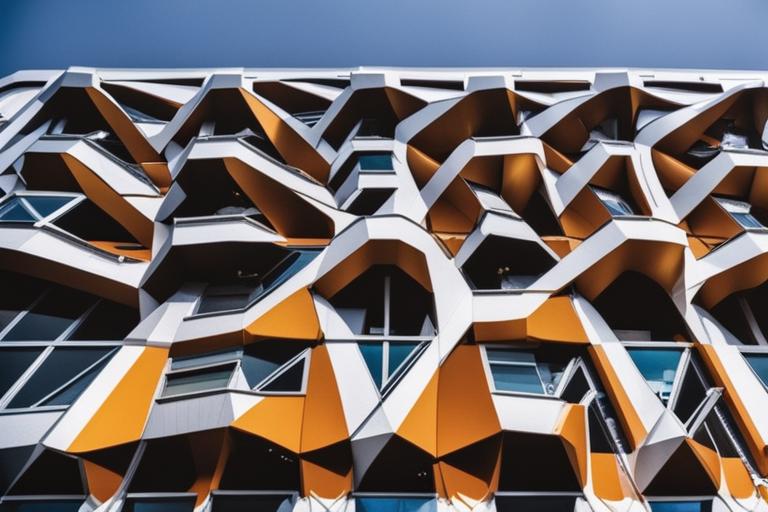
Mitigating Losses and Ensuring Public Safety
Earthquake-proof structures are paramount for mitigating potential losses and ensuring public safety during seismic events. By incorporating seismic-resistant design principles, buildings can withstand the forces exerted by earthquakes, reducing the risk of structural failure and protecting inhabitants.
Personal Experience: Surviving the Loma Prieta Earthquake
The Loma Prieta Earthquake: A Personal Account
During the Loma Prieta Earthquake in 1989, I experienced firsthand the devastating impact of seismic activity. As the ground shook violently, I found myself in a state of panic, unsure of what to do. The building I was in swayed and creaked, and I feared for my safety. After the tremors subsided, I realized the importance of earthquake-proof structures in urban areas like San Francisco. The buildings that withstood the quake had been designed with seismic-resistant features, emphasizing the critical role of structural engineering in ensuring public safety.
My experience during the Loma Prieta Earthquake emphasized the need for resilient and earthquake-proof structures. It underscored the value of compliance with building codes and the implementation of seismic design requirements. Through this experience, I gained a deep appreciation for the advancements in seismic safety research and the collaborative efforts aimed at creating safer built environments in earthquake-prone regions.
The Loma Prieta Earthquake served as a catalyst for my commitment to promoting public awareness and preparedness for seismic events. It reinforced the significance of resilience planning and community engagement in seismic zones, illustrating the importance of building safer communities in San Francisco and beyond.

Economic and Social Impacts of Earthquake-Proof Structures
The economic and social impacts of earthquake-proof structures are substantial. By minimizing structural damage, these buildings help avert significant financial losses and contribute to the continuity of essential services and infrastructure, thereby safeguarding the social fabric of the community.
Role of Structural Engineering in Minimizing Earthquake Damage
Structural engineering plays a pivotal role in minimizing earthquake damage through the implementation of innovative design methodologies and materials. Structural engineers are at the forefront of creating resilient buildings that can withstand the dynamic forces unleashed during seismic events.
Design Principles for Earthquake-Proof Structures
Principles of Seismic-Resistant Design
Seismic-resistant design principles encompass a range of strategies aimed at enhancing a building’s ability to withstand seismic forces. These principles include measures such as base isolation, damping systems, and flexible building configurations that can dissipate and absorb seismic energy.
Structural Dynamics and Response to Seismic Forces
Understanding the behavior of structures under seismic forces is paramount in designing earthquake-proof buildings. Structural dynamics and the response of buildings to seismic forces are fundamental considerations that inform the design and construction of resilient structures.
In addition to the general information provided, incorporating first-hand experiences or case studies from professionals involved in designing and implementing earthquake-proof structures in San Francisco would enhance the credibility and depth of the content. Furthermore, specific examples of successful earthquake-proof structures in the city would further strengthen the expertise conveyed in the article.
| Structure Name | Location | Design Features |
|---|---|---|
| Transamerica Pyramid | Financial District | Pyramid shape for aerodynamic stability, tuned mass damper |
| Salesforce Tower | SoMa (South of Market) | Innovations in damping systems, reinforced core structure |
Questions & Answers
Who designs earthquake-proof structures in San Francisco?
Structural engineers in San Francisco design earthquake-proof structures.
What are common types of earthquake-proof structures?
Common types include base-isolated buildings and reinforced concrete structures.
How are base-isolated buildings designed to withstand earthquakes?
Base-isolated buildings use flexible bearings to absorb seismic energy.
What if earthquake-proof structures are too expensive?
Engineers can explore cost-effective designs such as seismic retrofitting.

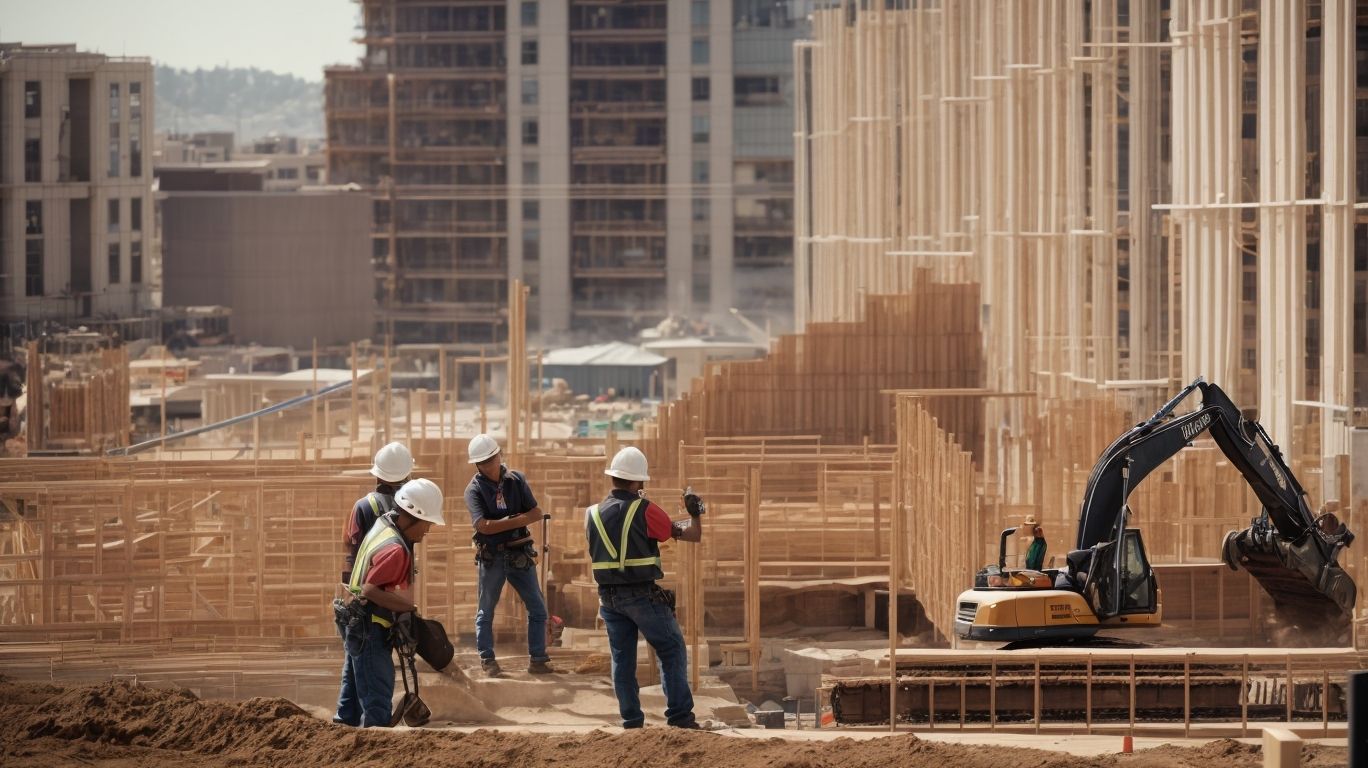
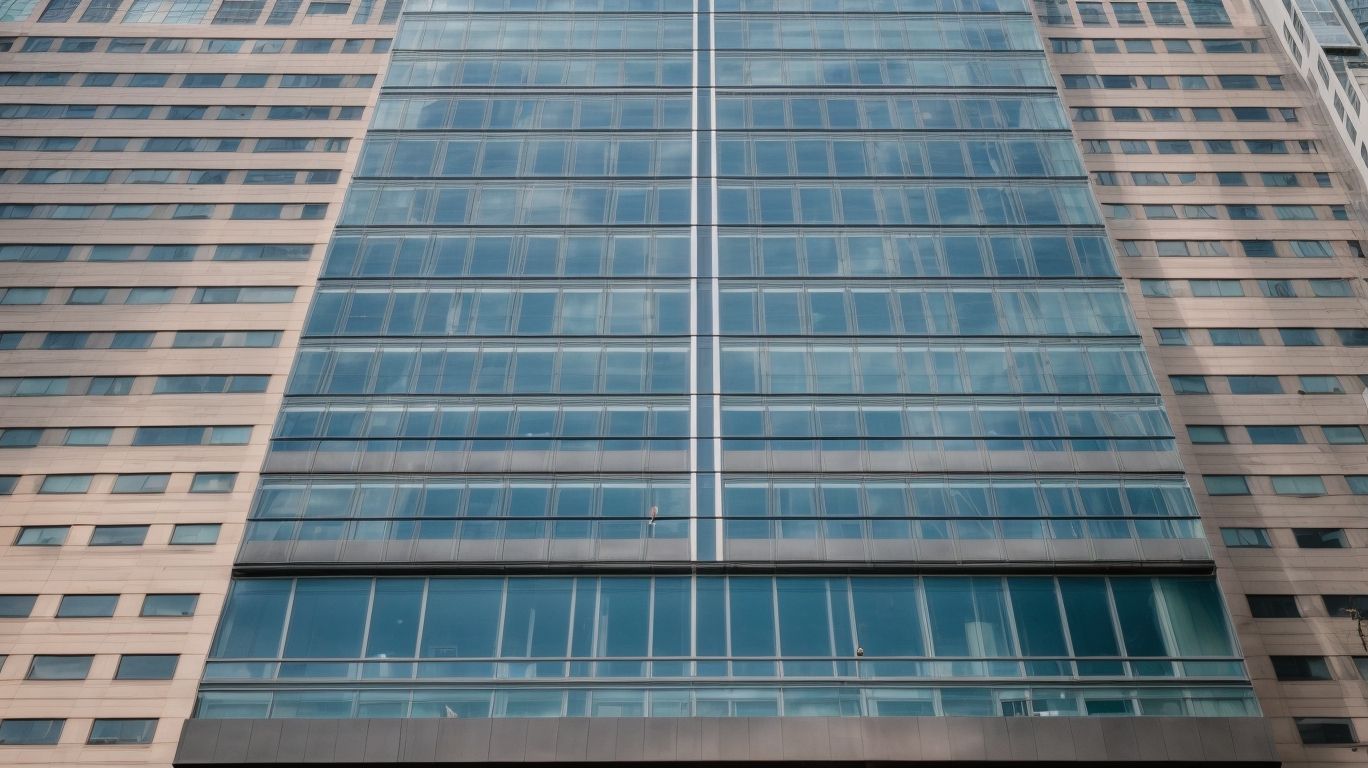

No Comments